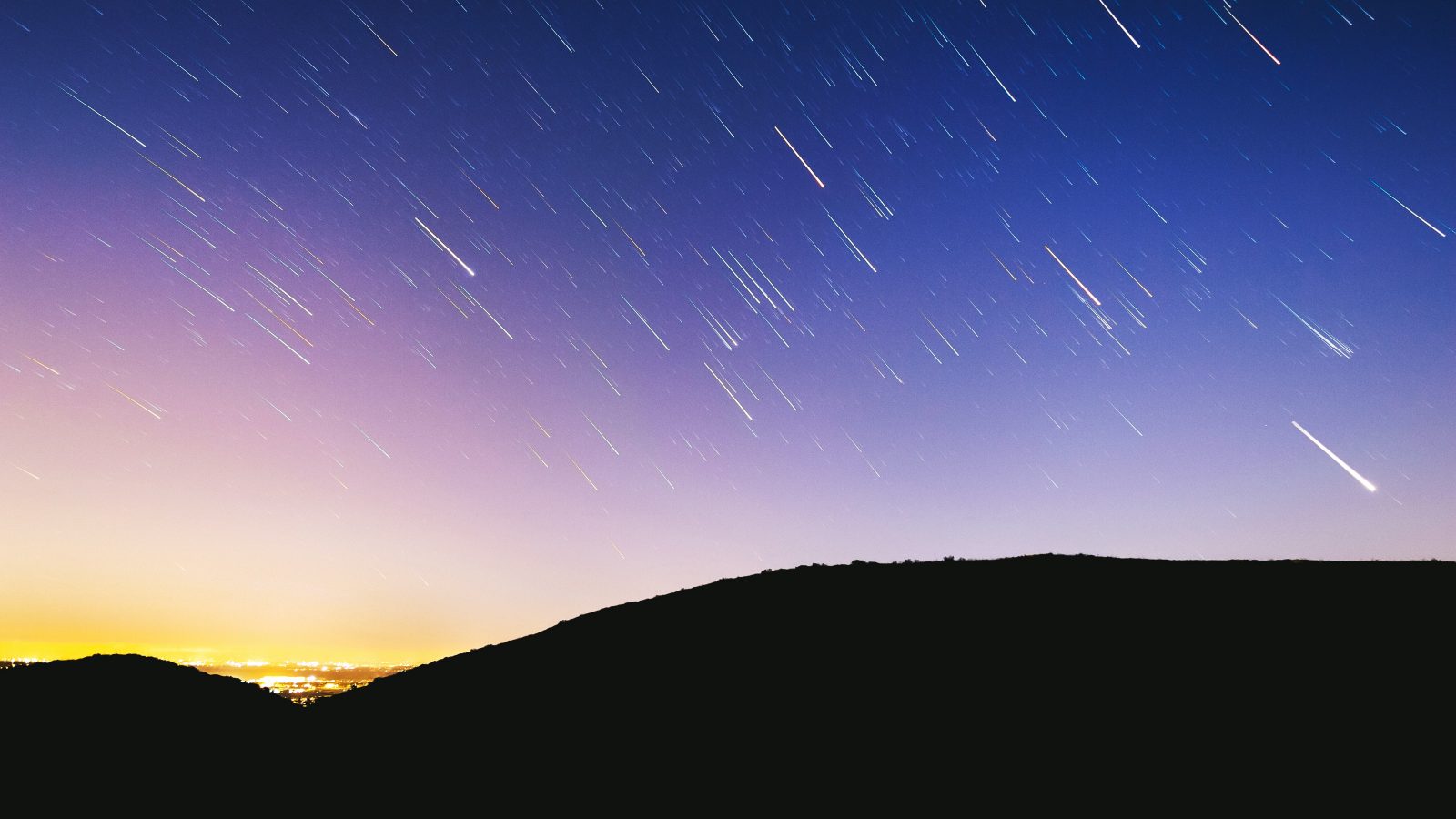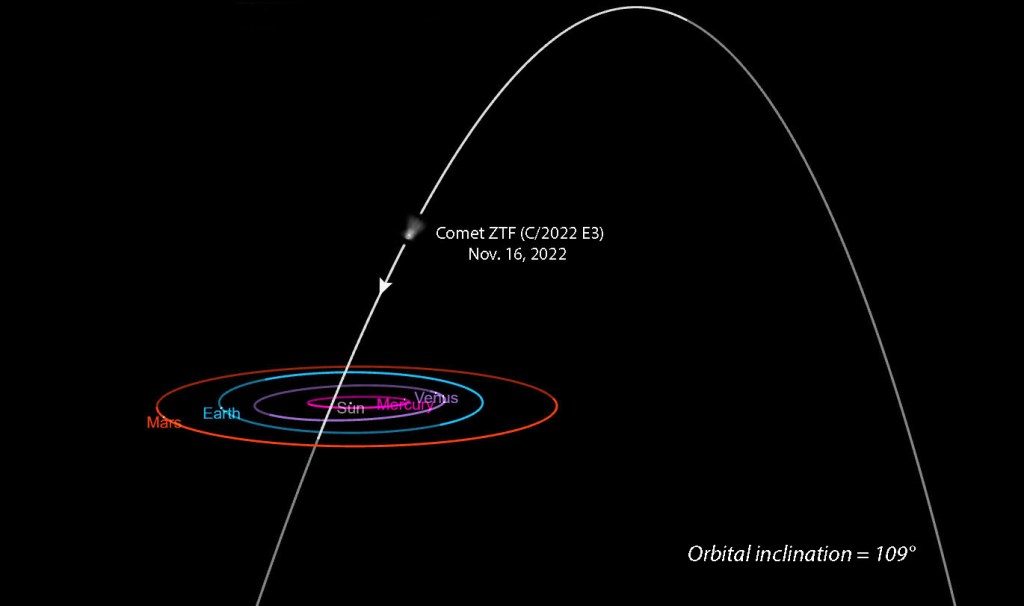
A recently discovered comet will be Earth’s newest visitor in the coming weeks as it makes its first appearance in the night sky in 50,000 years.
The comet is designated C/2022 E3 or ZTF after the Zwicky Transient Facility, which first spotted the comet passing Jupiter early last year while conducting its routine survey of the northern night sky from Palomar Observatory in San Diego, California.
When investigating C/2022 E3 (ZTF), scientists found that the icy object had a very elongated 50,000-year orbit around the Sun, where the comet travels to the far edge of the Solar System’s Oort Cloud – the place that could be its origin, University of Maryland’s comet expert Michael Kelley told Space.com. The Oort Cloud is believed to be a thick bubble of comet-like objects that encompasses the entire Solar System. According to NASA, objects that lurk out there can be as large as mountains.

C/2022 E3 (ZTF) made its closest approach to the Sun on January 12 and is currently hurdling out of the inner Solar System, where it will subsequently pass nearest to Earth on February 2 at around 26 million miles (42 million kilometers) away, says NASA.
With a greenish aura emitting from the kilometer-wide ball of dust, rock, and ice, it should be easy to spot with a pair of binoculars and maybe with just the naked eye, provided you’ve positioned yourself in a cloud-free dark area that’s not too illuminated by the Moon, or city lights.
Where to look and when
C/2022 E3 (ZTF) should be visible without a telescope in the early evening sky for observers in the Northern Hemisphere during the latter part of January and early February in the Southern Hemisphere, states NASA. The comet will appear near the bright star Polaris, also known as the North Star.
The comet will be brightest as it passes Earth in late January, going into February. Depending on that level of brightness – which NASA calls unpredictable – it may become visible to the naked eye in dark conditions.
If you get a good look at C/2022 E3 (ZTF), tag Space Explored on Twitter or Instagram. We’ll share any images below.
FTC: We use income earning auto affiliate links. More.



Comments